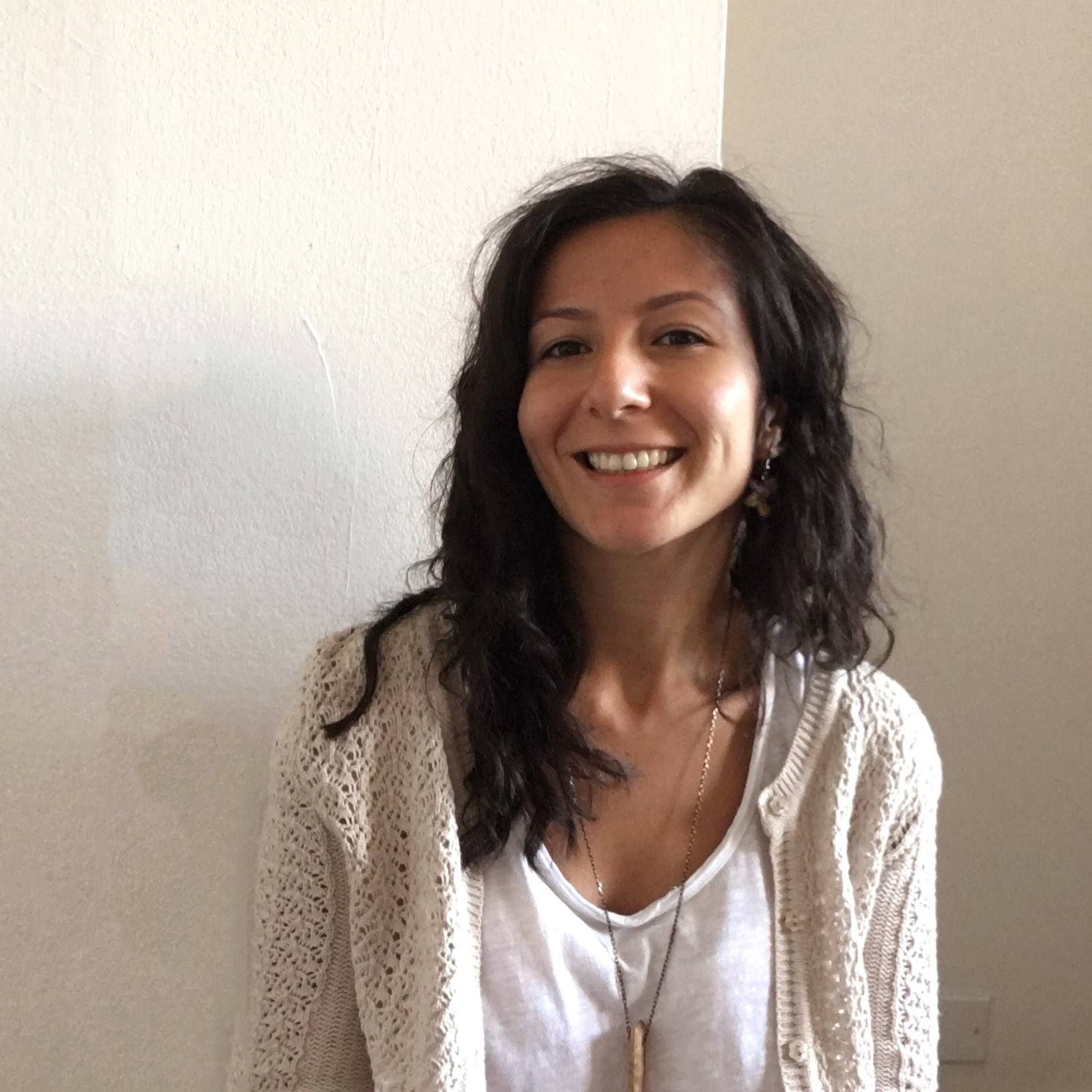How Luxottica used Zeplin to tame 10,000 designs
User Stories
Luxottica is the world’s largest eyewear company, with a portfolio including widely recognized brands like Ray-Ban, Persol and Oakley. Based in Milan, Italy, Luxottica’s wholesale distribution network covers more than 150 countries and accompanies an extensive retail network of thousands of stores. Behind this powerhouse brand of physical products is a team of more than 80,000 people worldwide including Luxottica’s own ecommerce product team — coincidentally, one of the most prolific teams using Zeplin to house designs.
The Luxottica team utilizes the Zeplin workspace to collaborate on up to 10,000 active designs. How does this large, multidisciplinary team keep up with such a large volume of designs while shipping continuous updates to their ecommerce experience? We caught up with Davide Pisauri, a User Experience Designer, to find out.

Davide focuses on the Ray-Ban and Costa del Mar brands at Luxottica. With about 5,000 project members collaborating in their Zeplin workspace, the Luxottica team is one of the larger multidisciplinary teams effectively collaborating in Zeplin. (Davide is also a champion of user experience discussions within the design community through his YouTube channel, Designer In Fuga.)
“We design everything in-house using Sketch and then publish our designs to Zeplin. After that, the IT team has access to the designs they need to build, and our teams like business and product also have easy access to the final design,” Davide explained. “Zeplin acts as a kind of repository of finalized designs for our projects — from the biggest to the smallest.”
With a team of this size and a workspace containing an impressive amount of designs, solid orchestration between designers, developers and other stakeholders is critical. The ecommerce team needs a finely-tuned process to ensure nothing gets lost in translation from ideation to the shipped design.
Designers, developers — and beyond
Davide’s team first implemented Sketch and Zeplin together because they desperately needed an automated design delivery process. Although some were new to Zeplin, designers and developers alike quickly noticed the improved collaboration.
“Once we all familiarized ourselves with the Zeplin workspace, collaboration improved and brought our design and development teams closer together,” Davide explained. “While Sketch is a great tool for designers, it would be complicated to invite reviewers into the Sketch file to access finalized designs. Maybe they don’t have a Sketch login or maybe they’re unfamiliar with the tool. Either way, our Sketch files are just not set up for non-designers to intuitively know what is finalized and what we’re still working on.”
"We needed a simple and scalable way to share designs before they went live on the website. By simply sharing a link to Zeplin… we were able to open up involvement in testing and reviewing to more non-designers."
Zeplin is now the go-to workspace for all team members who need to see the finalized design. Using Zeplin as a more accessible platform, designers have a precise and straightforward way to share designs with other reviewers and stakeholders such as marketing managers, department heads, UX copywriters and others.
“Our particular office has grown from 30 to 140 teammates, so we needed a simple and scalable way to share designs before they went live on the website. By simply sharing a link to Zeplin with anyone who needed access to a particular design, we were able to open up involvement in testing and reviewing to more non-designers.”

Managing 10k designs
With more than 10,000 designs, the Luxottica ecommerce team faced a massive challenge when it came to organizing all of their screens to be used by the rest of the team.
Without an automated design delivery process, it is nearly impossible for team members to find the design they need. Getting oriented in a native design file can be an especially complicated hurdle for non-designers.
"With more than 10,000 designs, the Luxottica ecommerce team faced a massive challenge when it came to organizing all of their screens to be used by the rest of the team."
“The organization and discoverability that Zeplin adds to our design projects are huge,” Davide said. Davide’s team has 3,000 projects defined in Zeplin! They use Sections and Tags to tame the large volume of designs they’re responsible for. They use Sections to sort designs into categories like “Registration” and “Payment Flows,” which ensures that everyone is aligned on the purpose behind each screen. They use Tags to clearly mark designs as “In Review” or “Copywriting” so that no one is left wondering about the project status.

Leave me a note
While there are plenty of workplace communication tools out there (including commenting features in design tools and popular work instant messaging apps), feedback on the design was always taking place outside the context of the final design. Even chat messages were quickly buried in the slew of everyday communication — and it was hard to connect the chat threads to specific screens.
But now, the Luxottica team is well-practiced in painless collaboration.
“Luxottica has different development teams, some internal and outside contractors,” Davide explained. “Notes in Zeplin help us quickly orient new engineering teams and complete the knowledge transfer that will help their development work.”
The entire team can now manage feedback using Notes, which Zeplin aggregates at the screen level. This way, communication is always within the context of the design and feedback is much easier to manage. By automatically organizing feedback by screen, Zeplin provides a direct link between feedback and design elements.

Design Delivery is looking bright
Delivering on a digital product experience to match the timeless experience of a Luxottica brand is no small task. Thankfully, their team implemented Zeplin and hasn't looked back since. By ditching their old manual process and opting for an automated design delivery workflow, this Luxottica team of hundreds of designers and developers saved countless hours. The relationship between design, development and the other teams is also much stronger, Davide says, with the teams feeling more connected and informed of their respective projects.
Design reviews and moving a project from design to delivery has gone from weeks to just a few days — che figata!

Davide says that the journey to better design delivery at Luxottica isn’t finished yet and he hopes to implement Styleguides in the near future. With Styleguides in Zeplin, the Luxottica team can maximize their investments in a design system by helping developers identify and implement reusable design elements.
“Since we’ve been able to invite many more contributors into our process before a design goes live, I want to keep exploring ways that Zeplin can help our entire team work better.”
Fin


